What is stress?
Stress can be defined as any type of change that causes physical, emotional, or mental strain. Stress is your body response to anything that requires attention or action.
Everyone experiences stress to some degree. The way you respond to stress, however, makes a big difference to your overall mental and physical well-being.
Sometimes, the best way to manage your stress involves changing your situation. At other times, the best strategy involves changing the way you respond to the situation.
We juggle demanding jobs, family responsibilities, and a never-ending stream of information, often leading to a physical and mental tightening that restricts our breathing, and fuels anxiety and exhaustion.
While the causes of stress are many, the way our bodies respond often involves unconscious patterns of tension.
This is where the Alexander Technique, a subtle yet profound approach to mind-body coordination, offers a powerful pathway to alleviating stress.
What is the Alexander Technique?
At its core, the Alexander Technique is about retraining our habitual use of ourselves. It’s not about stretching or strengthening in the traditional sense, but rather about becoming aware of and releasing unnecessary tension that we’ve accumulated over years, often without realising it.
Think about it: when you’re stressed, what happens? Your shoulders creep up towards your ears, your jaw clenches, your neck and joints stiffen, and your breathing becomes shallow. It’s as if we’re preparing to fight or flee, but often we just freeze. These are all unconscious responses that, while perhaps offering a fleeting sense of bracing against pressure, ultimately contribute to your feeling of being overwhelmed.
How does the The Alexander Technique help?
The Alexander Technique is remarkably effective at reducing stress because it tackles the way stress shows up in the body. When you learn to release the tension in your neck and shoulders, for example, you’re not just easing physical discomfort; you’re also sending signals to your brain that the perceived threat is lessening. A relaxed neck allows for more ease in the head, which in turn can alleviate pressure on the sympathetic nervous system. This creates a positive feedback loop: less physical tension leads to a calmer nervous system, which then makes it easier to not react with tension to stressful situations.
Furthermore, the Alexander Technique improves your movement patterns, so that you learn to move with greater freedom and efficiency. Think of the difference between forcing a stiff door to open and opening a well-oiled one. When your body is habitually tense, or you are in pain, every movement requires extra effort, contributing to fatigue and making you more susceptible to feeling drained by everyday stressors.
Poor posture can often cause pain in the neck, spine and joints. However as you learn to move in a natural and better aligned way, you’ll find that pain levels reduce because your muscles are no longer over-compressing your joints and skeleton. You’re no longer adding insult to injury!
Suryagita Cox , our certified Alexander Technique teacher at City Osteopaths, can guide you to a 'non-doing'– not laziness, but a conscious cessation of harmful postural habits. Through gentle, hands-on guidance and verbal instruction, you learn to identify these patterns of tension. You begin to notice how you hold your head, the way you stand, the subtle ways you brace yourself against perceived threats.
Once these habits are brought to awareness, Suryagita will help you to gently let go of them, so that you can direct your body to move well and avoid injury. You’ll then build more energy and resilience, making you better equipped to handle challenges.
Building Mindfulness skills
Perhaps one of the most impactful aspects of the Alexander Technique for stress management is the cultivation of presence and mindfulness. The process inherently requires you to be present in your body, observing your sensations without judgement. This heightened awareness naturally draws you away from the anxious rumination about the past or future that often fuels stress. You learn to inhabit the “here and now” with greater ease, finding moments of stillness amidst the chaos.
Conclusion
In conclusion, the Alexander Technique offers a holistic approach to stress relief by addressing the deep-seated physical habits that often accompany our mental load. By fostering awareness, releasing unnecessary tension, and promoting more efficient movement, it empowers you to respond to life’s challenges with greater poise, resilience, and a profound sense of inner calm.


